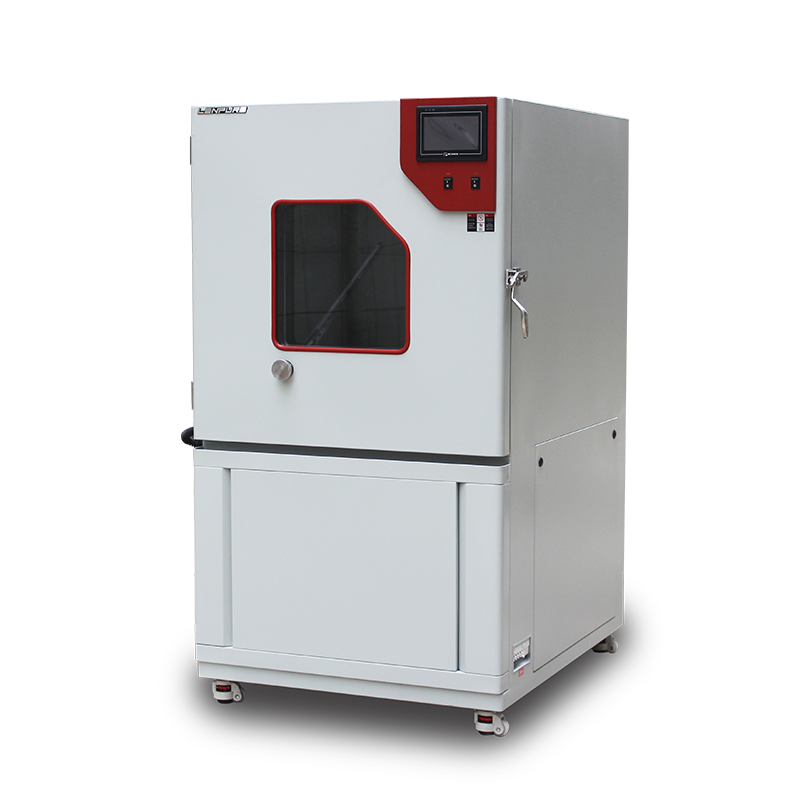

Adjusting the wind speed is crucial for dust and sand test chambers, as it directly affects the test results of the specimens. What are the specific requirements for wind speed during the operation of these chambers? Today, let’s delve into the details together.
The testing procedures of dust and sand test chambers mainly consist of three parts: blowing dust, blowing sand, and settling dust. The wind speed varies in each of these procedures. For the blowing dust procedure, the wind speed requirements are as follows: Since dust and sand particles have different weights, the wind speed needs to be determined based on the actual situation. In the absence of specific regulations, the wind speed used in this procedure not only includes a relatively low speed of 1.5 meters per second required to maintain the test conditions but also a higher speed of 8.9 meters per second, which is typical for desert winds. If it is possible to simulate natural conditions and the performance of the dust and sand test chamber allows, other wind speeds can also be used.

For the blowing sand procedure, the wind speed requirements are generally between 18 and 29 meters per second (to enable sand particles to reach this speed range, a distance of about three meters should be maintained between the sand inlet and the test object. If it can be proven that the sand particles can achieve the required collision speed, a shorter distance can be used). A wind speed of 18 meters per second can move larger sand particles, while gusts of 29 meters per second are relatively rare. If a higher wind speed is required during on-site use, the staff should adjust the wind speed accordingly.
In the settling dust test procedure, the wind speed requirements are as follows: A wind speed that can disperse the dust in the air above the test object is sufficient, while ensuring that the wind speed at the location of the test object does not exceed 0.2 meters per second.
The above are the wind speed requirements during the use of dust and sand test chambers. In fact, depending on the specific testing needs of different objects, the wind speed may need to be adjusted further. The specific settings should be determined based on the actual tests conducted by the customers. If the operators are uncertain, they can communicate with the technical personnel of the manufacturer, who will provide more detailed technical guidance to the customers.